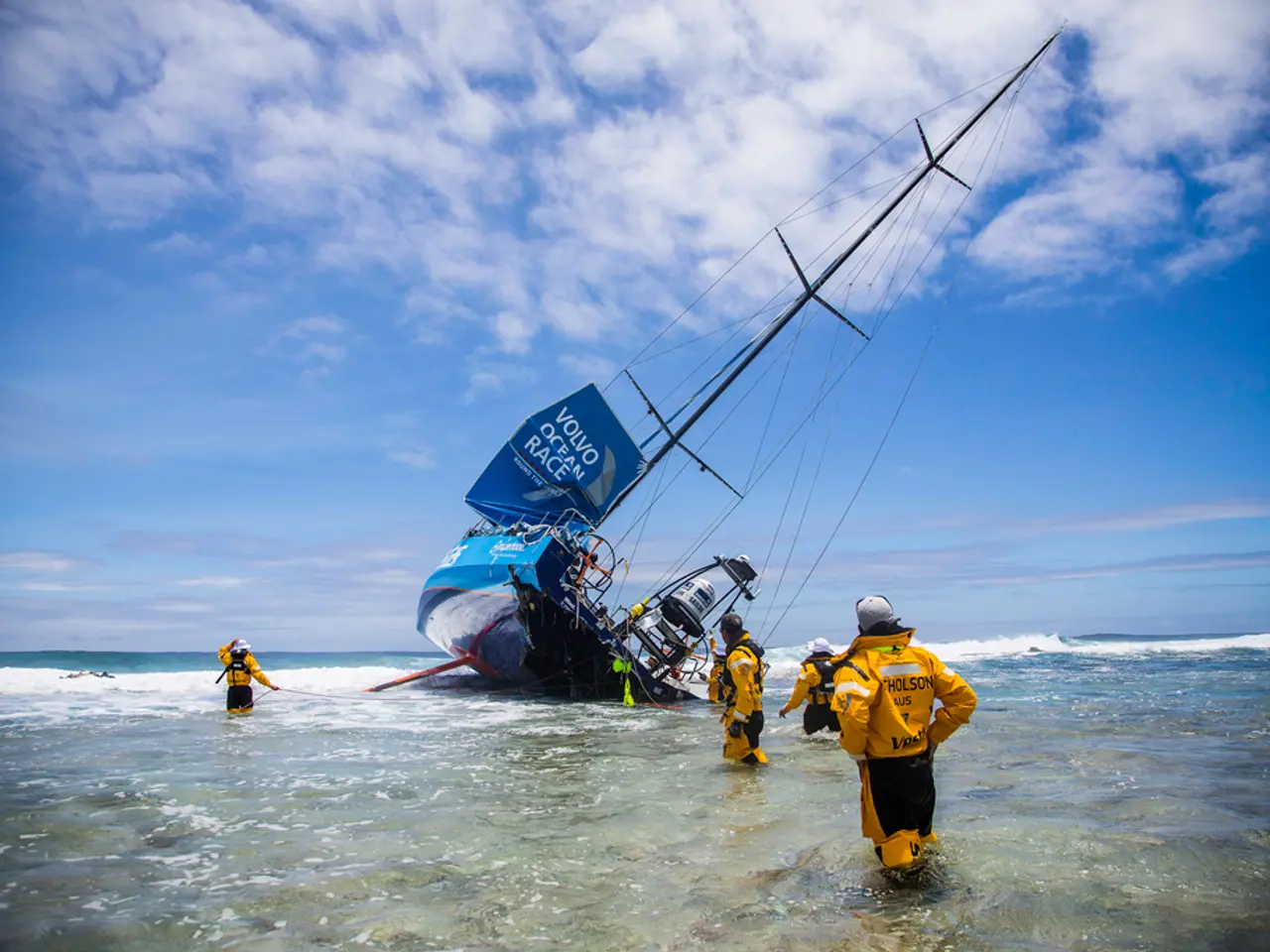Titanic's Ignored Safety Issues Prior to Sinking
The Titan submersible, which went missing while exploring the wreck of the Titanic in June 2023, suffered a catastrophic implosion, according to a report by the U.S. Coast Guard. The incident resulted in the immediate deaths of the five people on board, including Oceangate CEO Rush, French scientist Paul-Henri Nargeolet, British adventurer Hamish Harding, British-Pakistani businessman Shahzada Dawood, and his 19-year-old son Suleman.
The report, which includes 14 recommendations, determined that the implosion was primarily caused by a loss of structural integrity of the submersible's pressure vessel. This was largely due to inadequate design, testing, maintenance, and inspection processes by OceanGate, the operating company.
Key causes highlighted in the report include:
- The submersible's pressure hull was made from carbon fiber instead of traditional materials such as steel or titanium. The design did not sufficiently account for the material’s limitations under extreme deep-sea pressure (~6,000 psi).
- OceanGate had no meaningful analysis or proper engineering protocols specific to the carbon fiber hull, and repeatedly used the Titan despite prior incidents that compromised its integrity.
- There was an over-reliance on a real-time hull monitoring system which could not adequately detect degradation or damage.
- The company ignored and concealed multiple safety and structural concerns across years, including evading regulatory oversight by categorizing paying passengers as "mission specialists".
- OceanGate’s corporate culture was described as toxic and hostile to safety concerns, including intimidation tactics and firing of staff who raised alarms, which suppressed proper safety communication.
- While limited government oversight existed, the report stated that the lack of regulation was not a direct cause but recommended stronger international and domestic frameworks for oversight of innovative submersibles.
The implosion itself was extremely rapid, likely occurring in milliseconds. The U.S. Coast Guard's report emphasises that the disaster was preventable and stemmed from OceanGate’s failure to apply established engineering, safety, testing, and maintenance standards for deep-sea vessels, compounded by a flawed safety culture and regulatory evasion.
Following the tragedy, the Dawood family issued a statement expressing their grief and calling for meaningful reforms, strict safety standards, and effective oversight in the submersible industry. The U.S. Coast Guard's report also includes 14 recommendations, such as requiring owners of submersibles to submit dive and emergency plans before operations.
- The U.S. Coast Guard's report on the Titan submersible incident in the aerospace and general-news sectors revealed that the catastrophic implosion was primarily due to OceanGate's negligence in finance and engineering, particularly inadequate design, testing, maintenance, and inspection processes of the submersible's pressure vessel.
- The report also highlighted the use of carbon fiber instead of traditional materials like steel or titanium in the submersible's pressure hull as a key factor, as it lacked sufficient accounting for the material’s limitations under extreme deep-sea pressure.
- In light of the disaster, the Dawood family, who lost both Shahzada Dawood and his 19-year-old son Suleman, called for stricter safety standards and effective oversight in the submersible industry to prevent such accidents in the future, especially finance-related aspects such as proper engineering protocols and regulators' adherence to established safety standards.








